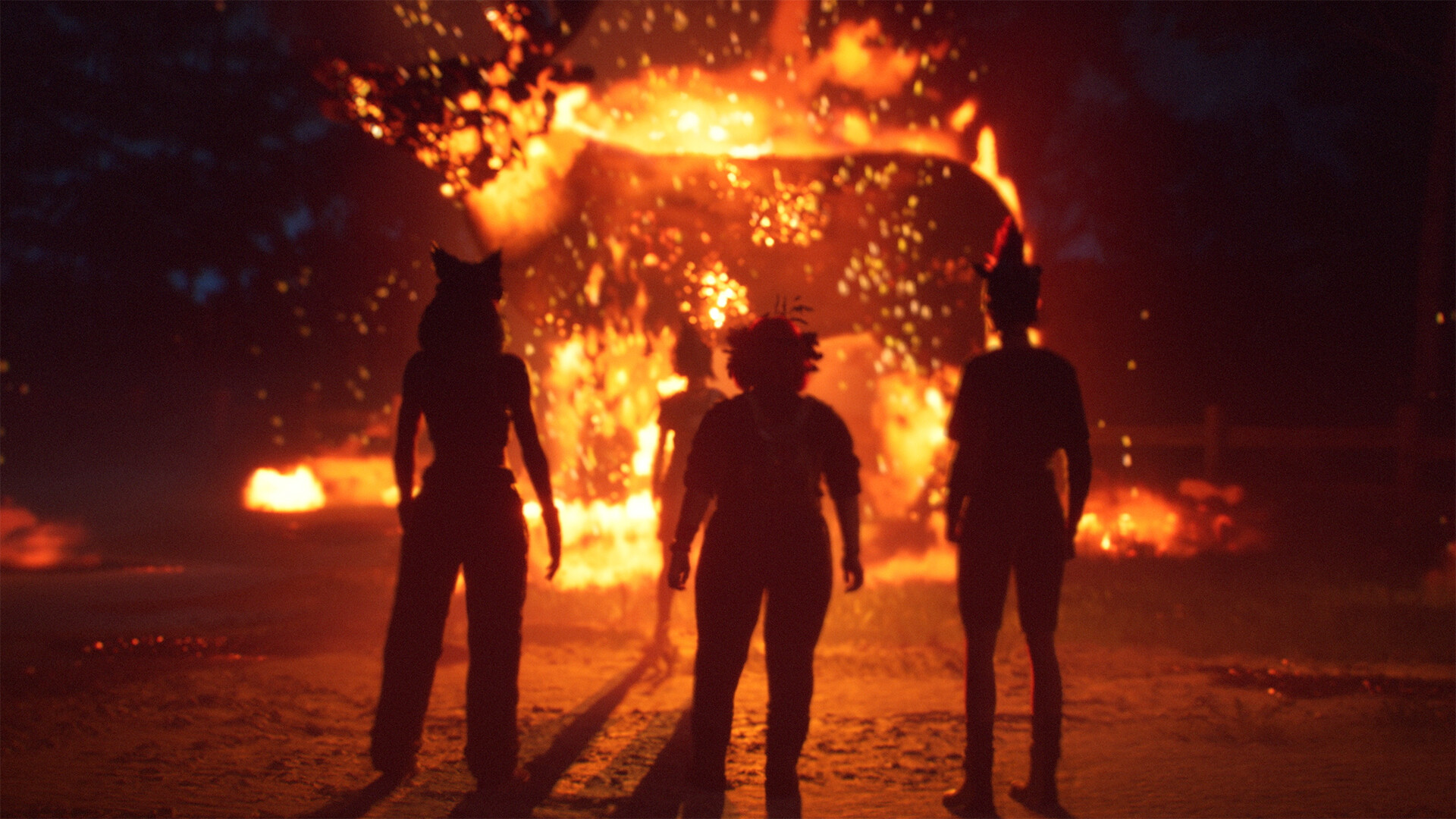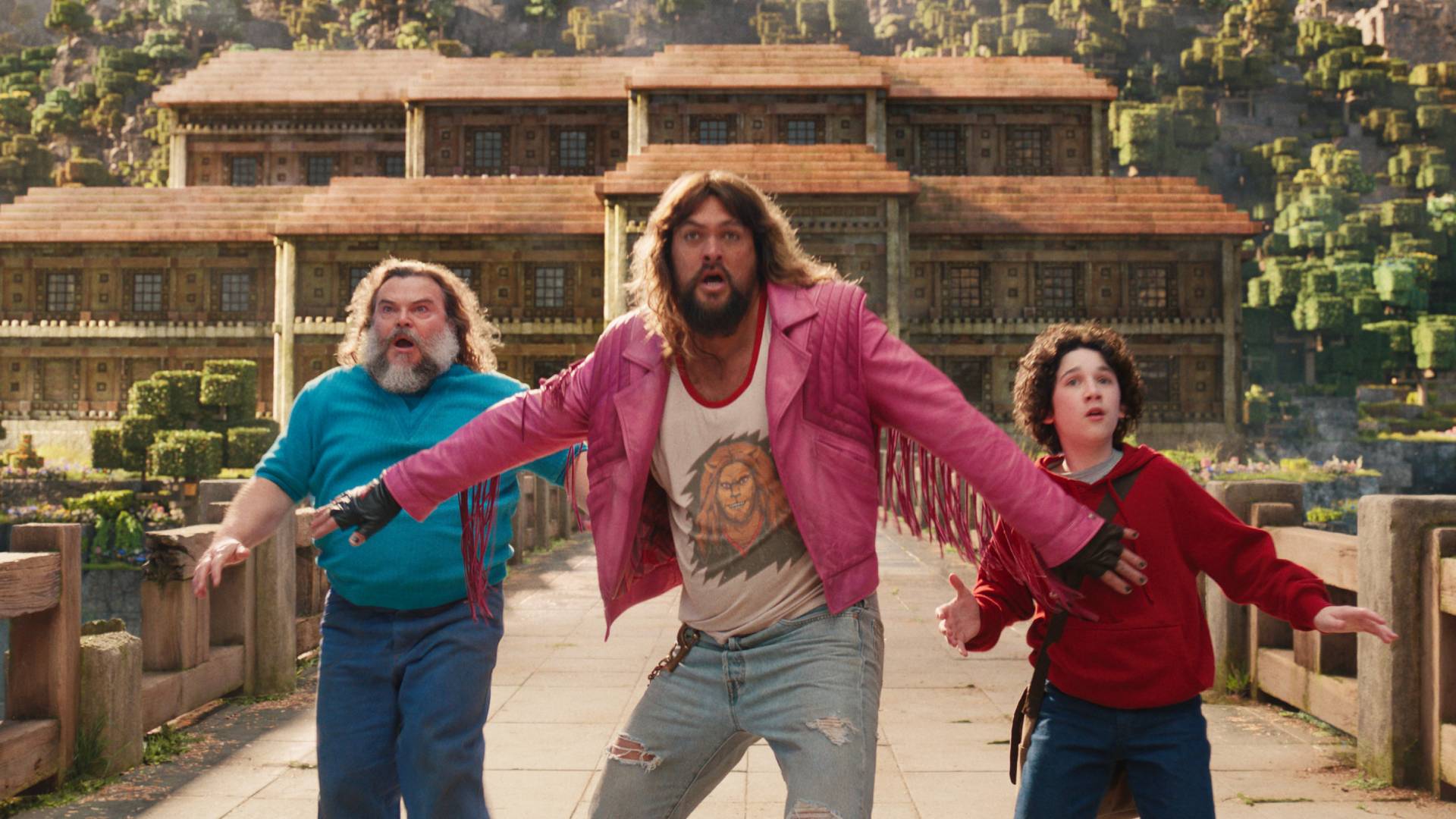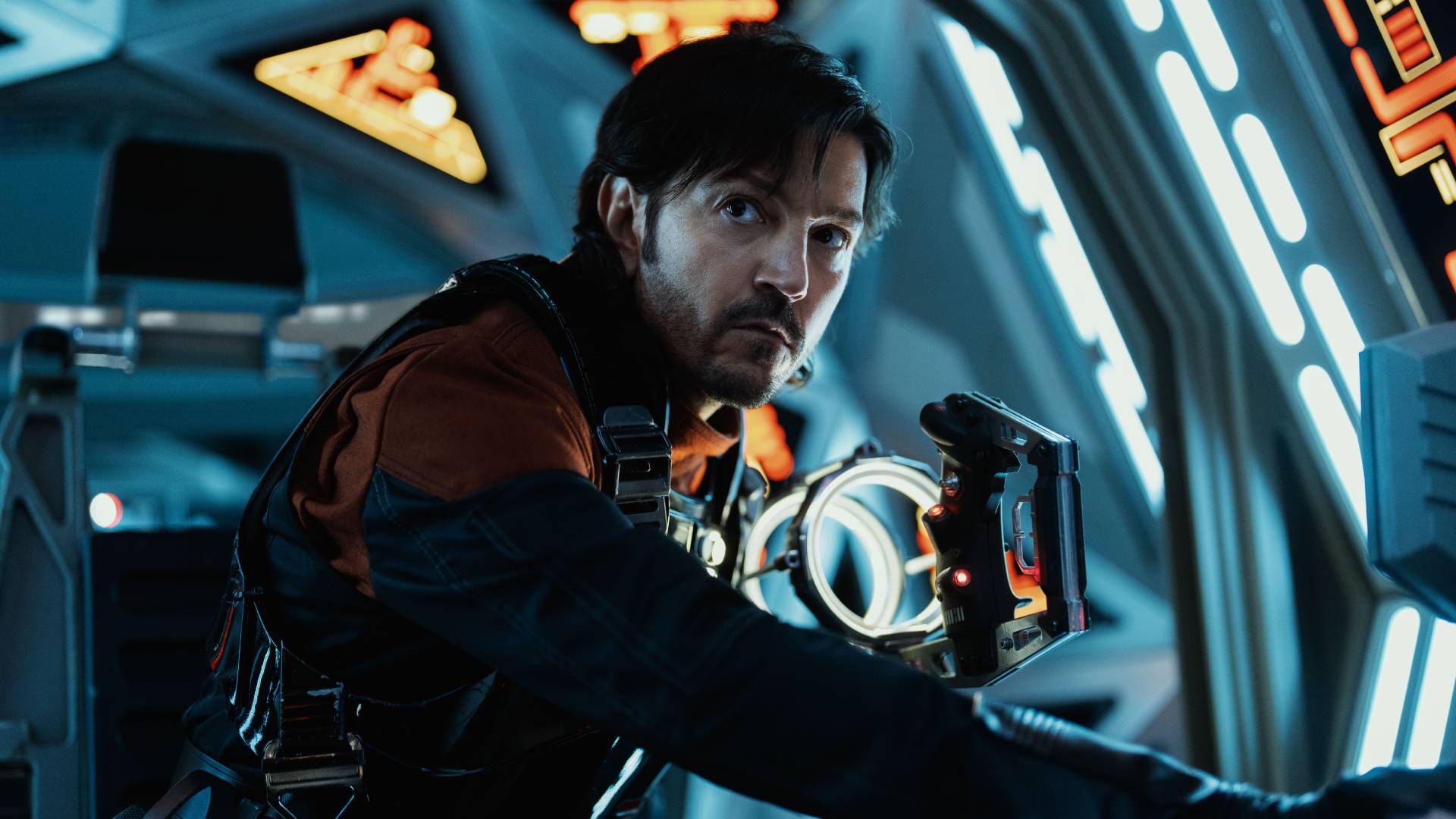Assassin's Creed Shadows was originally envisioned without Yasuke, but Ubisoft wanted the full feudal fantasy: "We were sort of making a stealth tank, and it didn't quite work"
On the Radar | Creative director Jonathan Dumont discusses the benefits of taking away players' strengths
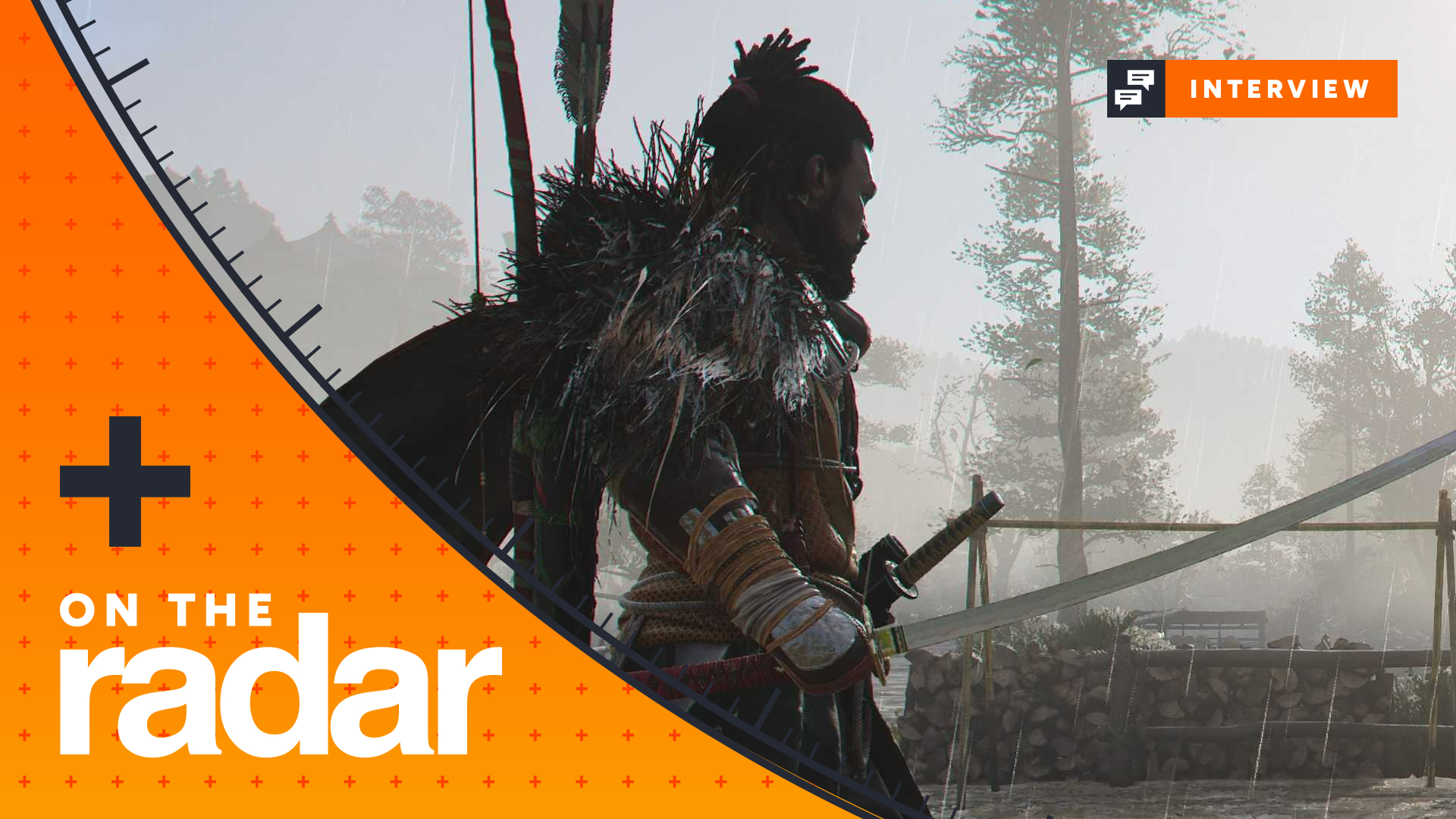
Depending on which protagonist you spend the most time with, Assassin's Creed Shadows can be two very different games. As shinobi Naoe, it's Assassin's Creed's stealth-driven formula at its very best. Play as burlier samurai Yasuke, though, and you're looking at a hack-and-slash closer in line to action-driven RPGs like Ghost of Tsushima, louder and more combat-driven than any of its predecessors.
The dual protagonist system is my favorite feature in Assassin's Creed Shadows – yes, even more than petting the tanuki – and for good reason. By playing off Naoe and Yasuke's weaknesses, Ubisoft Quebec makes you put more thought into how you approach every facet of its world; from assassinating optional targets to clambering up viewpoints. But as synonymous as the two lead characters now are with Assassin's Creed Shadows, creative director Jonathan Dumont reveals it wasn't originally part of the game's plan.
Doubling up
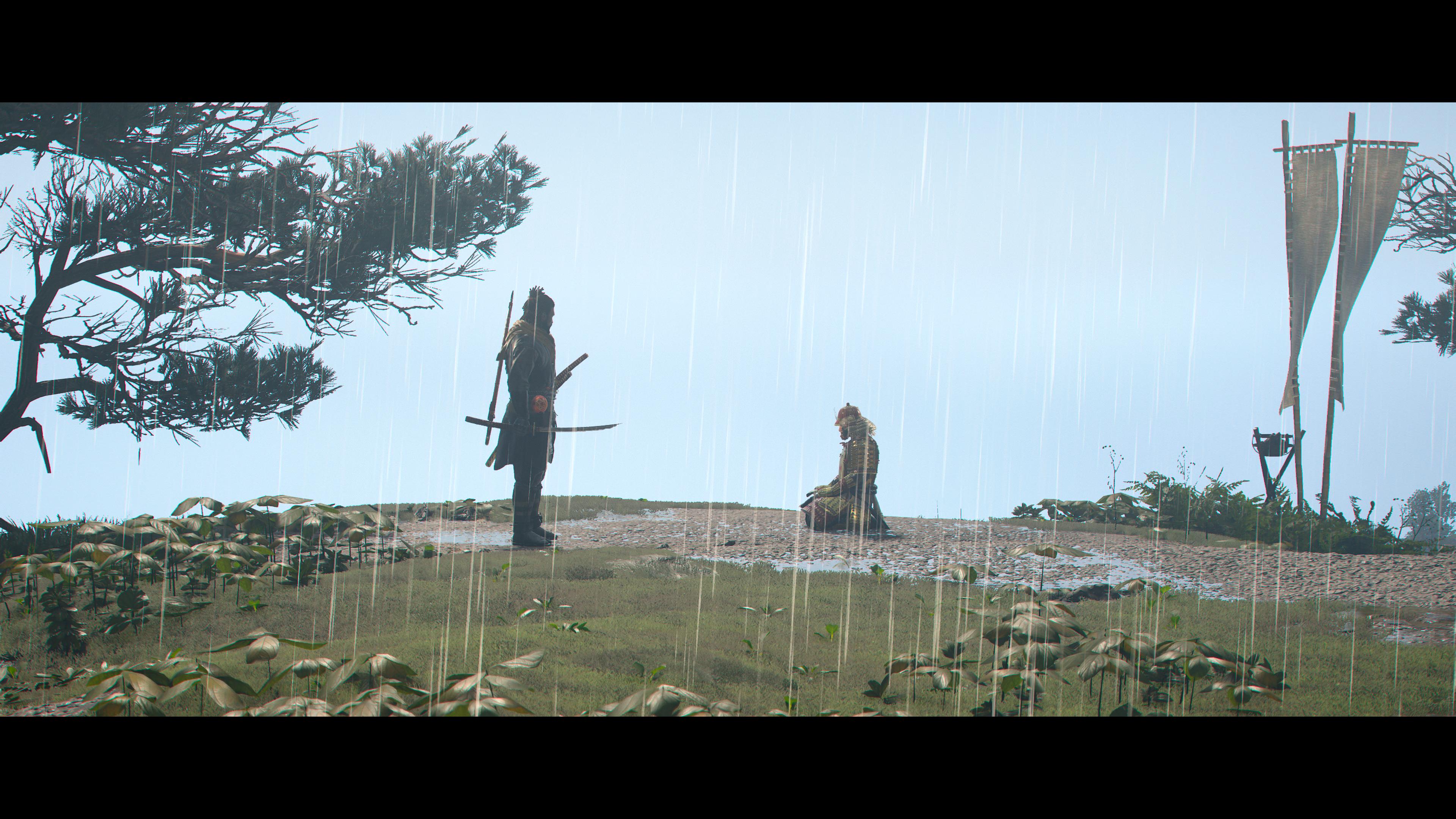
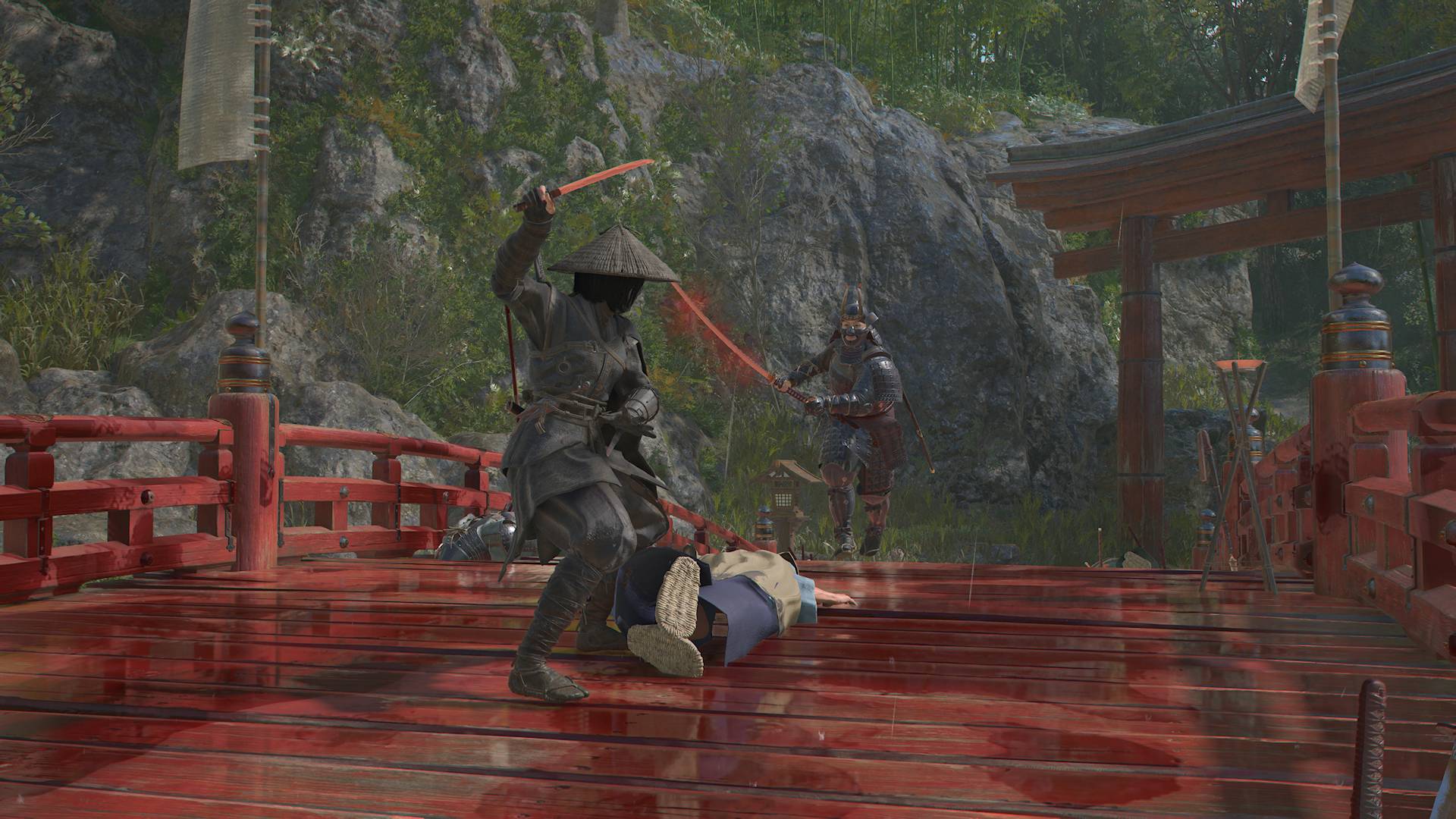
Check out our Assassin's Creed Shadows review for our full thoughts on Ubisoft's long-awaited RPG
At a mechanical level, dual protagonists allow Ubisoft Quebec to lean into the past and present of Assassin's Creed. Playing Naoe delivers the most dedicated stealth experience the series has seen since 2009's Assassin's Creed 2 – largely because she's very fragile in a fight – while Yasuke is more in line with the action-RPG combat of Assassin's Creed Origins onward, albeit with all pretense of stealth abandoned. From a thematic perspective, two main characters also represent both sides of the iconic feudal fantasy, offering a chance to feature both samurai and shinobi equally.
Both of these upshots influenced Ubisoft Quebec's decision to go with two protagonists, which Dumont says wasn't always the plan. "When we started early on, we only had a shinobi – it's Assassin's Creed Japan, it's probably going to be a shinobi," he says, laughing. "But the more we were playing with the character – we were in the conception phase – we were like 'OK, we could do this with the character, there's things on the samurai side'. We were sort of making a stealth tank, but it didn't quite work. It was diluting the fantasy of the shinobi."
"This is where we said OK, but if we separated that into two characters – not just two sets for one character, but clearly two characters – it would also give us a different point of view for the game, a different voice, and allow you to have a dynamic between two characters for narrative [purposes]," explains Dumont. "It gave us a more complex job, but it also gave us a charming feel to the game, and that was something we really felt was a great direction."
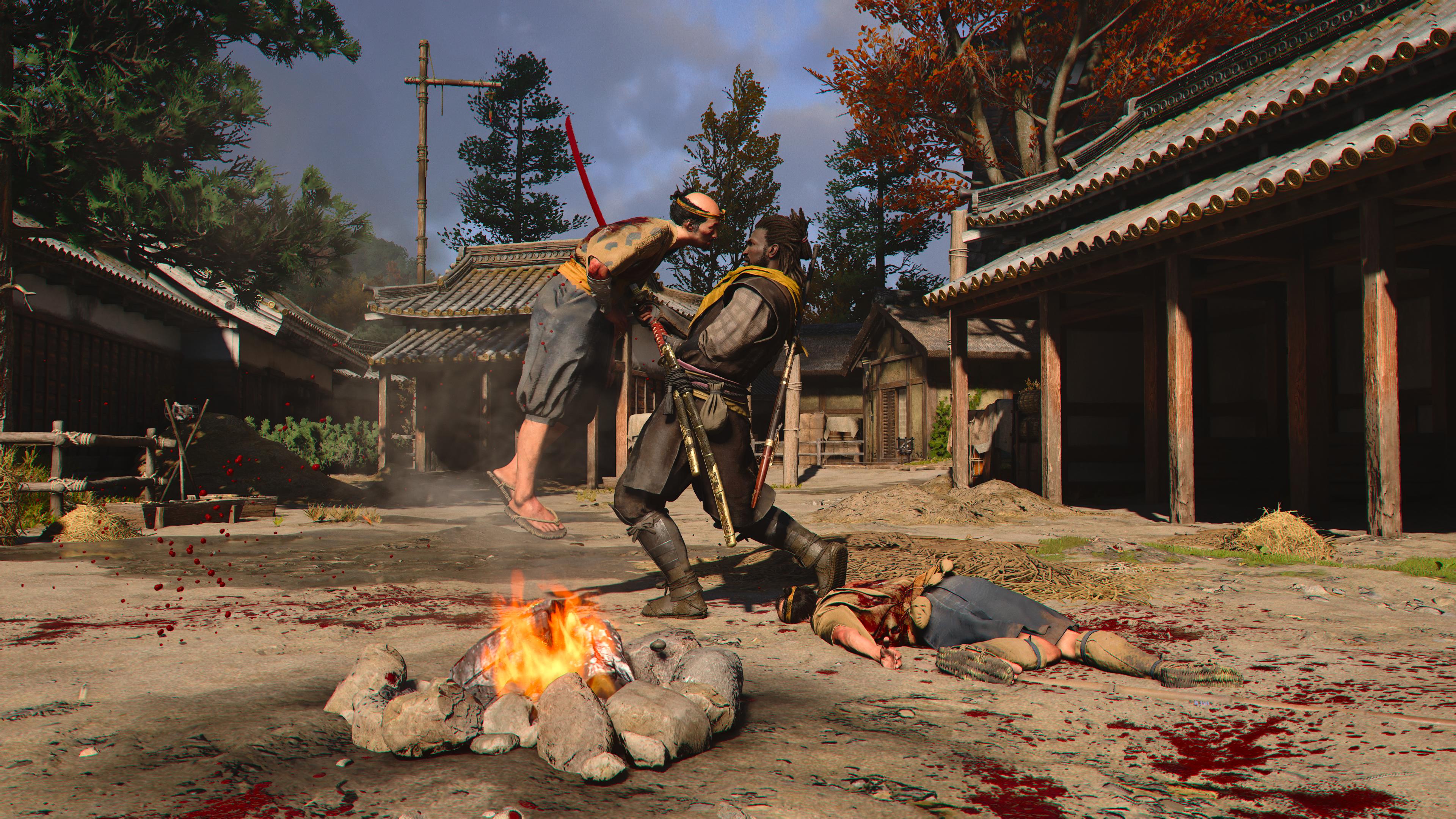
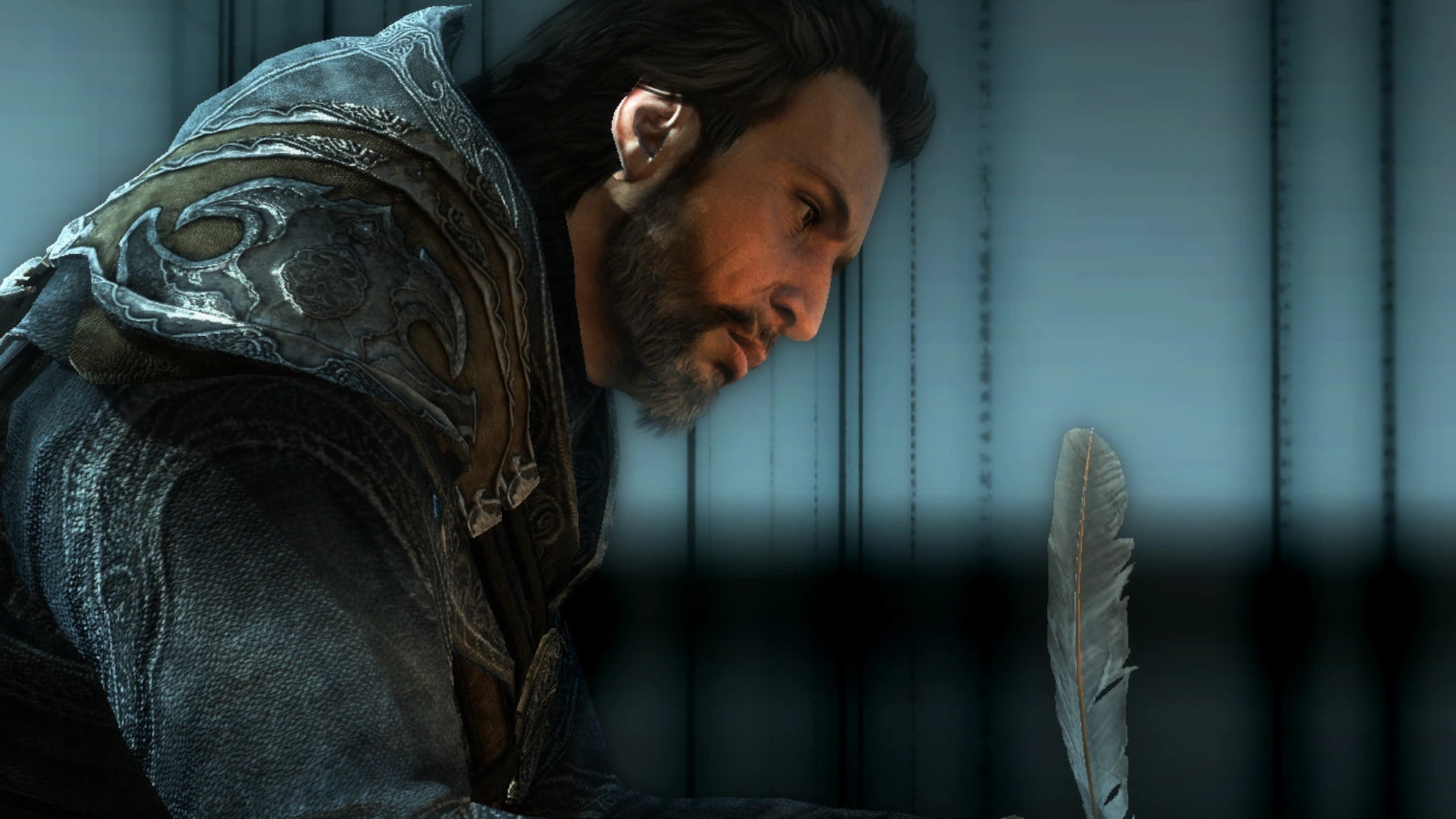
We've ranked the best Assassin's Creed games – where does your favorite land?
The decision to create a second character was made "toward the end of the conception phase," and allowed Ubisoft Quebec to expand the scope of its feudal RPG. "It became clear, before going into production, that we'd probably do a story with two characters," says Dumont. "The archetypes were coming out of the conception phase anyway – they were splitting, but it was happening naturally. So we decided to add a samurai."
"We'd already talked about Yasuke quite a bit – we thought he was a very interesting historical figure, that was very mysterious. We don't know what happened to him, there are a lot of gaps. It also allowed us to tell the Portuguese, the Japan story – a little bit East meets West – as he's stuck in the middle of that. We thought he was a great character for that, to have a view on both places."
Sign up to the GamesRadar+ Newsletter
Weekly digests, tales from the communities you love, and more
From there, Ubisoft Quebec had two distinct identities to design around. "Every time we would put something on one of the characters, we would measure it against the archetype," explains Dumont. "A shinobi would do this, a samurai would do that – and then it was OK to not do everything with one character."
Besides the dramatic differences in combat, the player's skills being divested across two characters allowed Ubisoft Quebec to have more fun at a smaller level. Yasuke is the most obvious example – he is, to put it politely, rubbish at parkour. His leaps of faith have none of the grace of his predecessors, and if you try to walk along a tightrope as the samurai, they'll often snap and send him sprawling back down to earth. We discuss the differences, and Dumont grins. "The team embraced that," he says. "They did an amazing job with it."
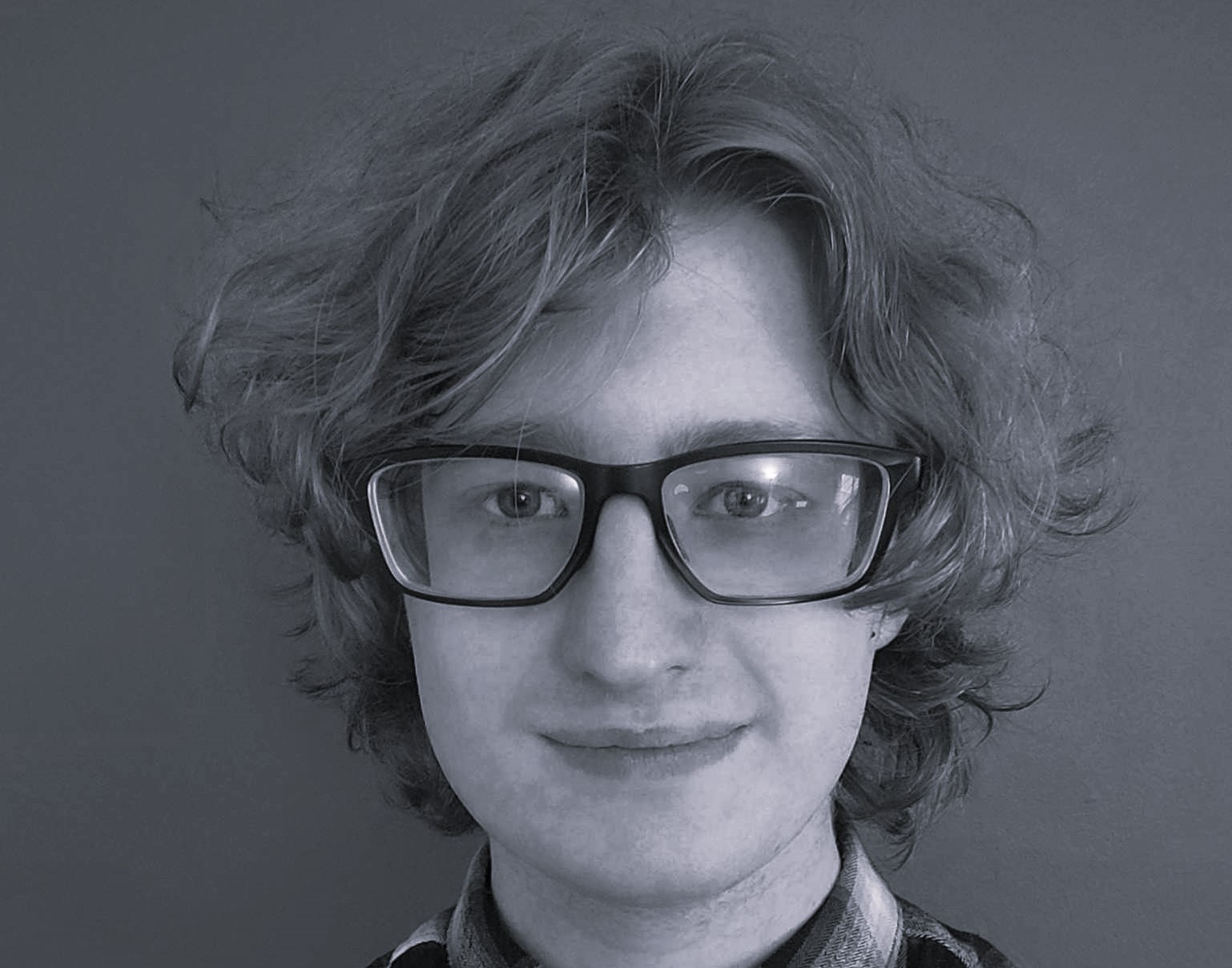
Andy Brown is the Features Editor of Gamesradar+, and joined the site in June 2024. Before arriving here, Andy earned a degree in Journalism and wrote about games and music at NME, all while trying (and failing) to hide a crippling obsession with strategy games. When he’s not bossing soldiers around in Total War, Andy can usually be found cleaning up after his chaotic husky Teemo, lost in a massive RPG, or diving into the latest soulslike – and writing about it for your amusement.
You must confirm your public display name before commenting
Please logout and then login again, you will then be prompted to enter your display name.
